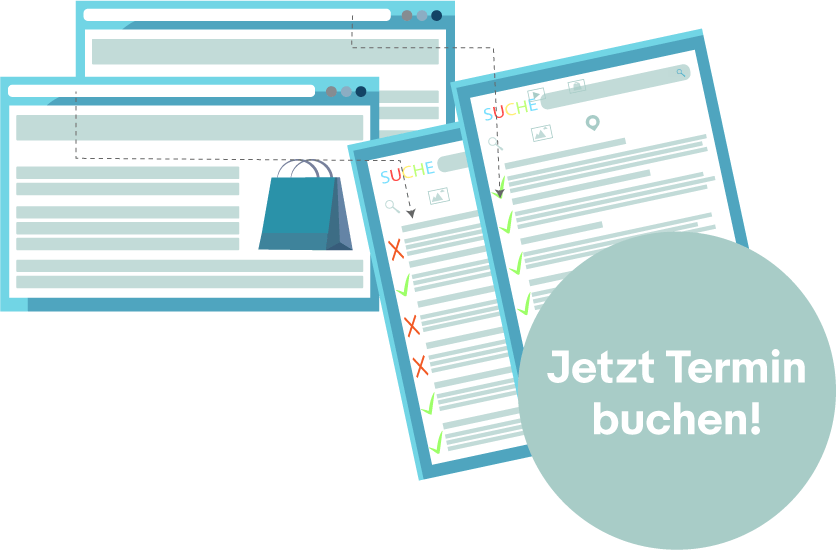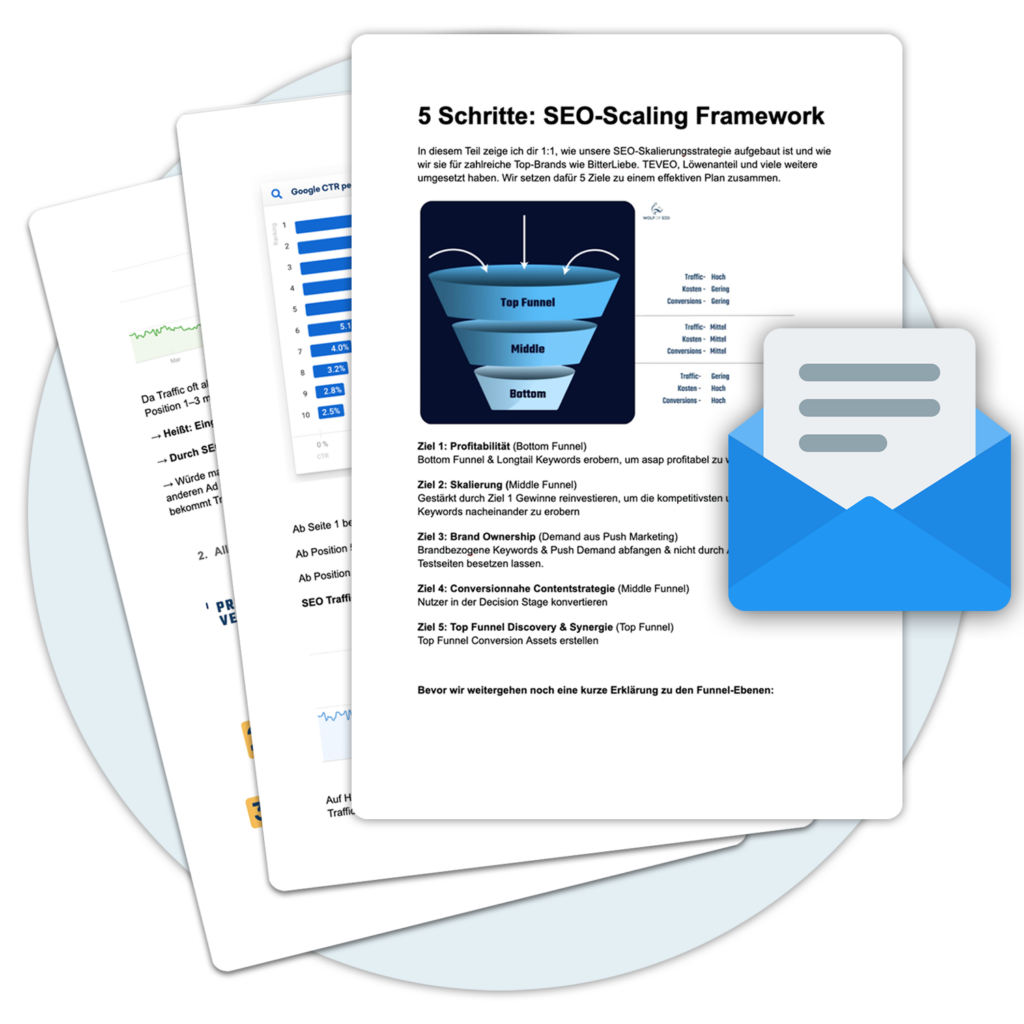What is plagiarism?
Plagiarism is the unauthorized use of other people's intellectual or creative content and presenting it as one's own work. It is a violation of copyright law and ethical standards. Plagiarism can take various forms, such as copying text passages, adopting ideas or adapting visual elements.
Definition of plagiarism
Plagiarism refers to the unauthorized copying or use of other people's works without citing the relevant sources or appropriately quoting the original authors. It is the unlawful appropriation of intellectual property. Plagiarism can take various forms, such as the direct copying of text passages, the adoption of ideas or the incorporation of images without the necessary rights.
Plagiarism is therefore an infringement of copyright and represents an ethical and legal problem. It impairs the recognition and appreciation of the original author and can lead to legal consequences. Plagiarism is inadmissible both in the academic field and in professional writing.
Why is plagiarism a problem?
Plagiarism is a serious problem that can have consequences in a number of areas. Here are some reasons why plagiarism is a problem:
1. legal consequences: Plagiarism violates copyright law and can lead to legal action. Both privately and commercially, this can lead to financial penalties or even imprisonment.
2. ethical concerns: Plagiarism is unethical and shows a lack of personal contribution or originality. It is important to respect other authors and their work and not pass off their thoughts or ideas as your own.
3. credibility: Plagiarized content damages the credibility of a person or organization. If you are exposed as a plagiarist, this can lead to a considerable loss of trust among customers, readers or other stakeholders.
4. reduction in quality: Plagiarized content is generally of lower quality than original content. This can have a negative impact on the image and reputation of a brand or website.
5. negative effects on SEO: Google and other search engines rate plagiarism negatively and penalize websites with duplicate content down. This leads to poorer visibility and lower rankings in the search results.
The importance of plagiarism in the SEO context
In the field of online marketing and especially in the SEO context, the issue of plagiarism plays a crucial role. Plagiarism is not only morally reprehensible, but also has a significant impact on the Ranking of a website in the search engine results. The use of copied content can result in a website being penalized by search engines such as Google and thus losing visibility and rankings. Traffic loses
Plagiarism means that content is copied from other websites without permission and passed off as your own content. This can take various forms, such as the 1:1 copying of text passages, the paraphrasing of content or the theft of images and graphics.
The consequences of plagiarism can be serious. Search engines such as Google strive to present relevant and high-quality content to users. If a website uses plagiarized content, this is seen as manipulation and punished with negative consequences. A penalty by Google can result in a website slipping far down the search results or even being removed from the search results entirely. Index is removed.
In order to avoid plagiarism and to emphasize the importance of unique, high-quality Content it is important to use plagiarism detection tools. Such tools help to detect possible copies of your own content on the Internet and to take action against them if necessary.
Another way to detect plagiarism is to check the content manually. The content should be checked piece by piece for possible matches with other websites. Particularly conspicuous text passages can be entered into search engines to see whether they have already been published elsewhere.
It is essential that website operators and online marketers are aware of the importance of plagiarism in the SEO context and do everything they can to prevent it, Unique Content that meets the standards of search engines. Plagiarism can not only damage the Ranking of a website, but also damage the reputation and credibility of a company.
The effects of plagiarism on the Google ranking
Plagiarism can have a serious impact on Google'sRanking of a website. Google attaches great importance to unique and high-quality content. If a website contains plagiarism, this is recognized by Google and can lead to a devaluation of the website in the Ranking lead.
One of the main effects of plagiarism on Google'sRanking is lower visibility in the search results. If Google detects that a website contains plagiarism, it will be placed lower in the search results. This leads to fewer organic hits and therefore fewer visitors to the affected website.
Furthermore, a website operator who repeatedly violates Google's plagiarism guidelines may be subject to manual penalties. These penalties can lead to the website being completely removed from the GoogleIndex is removed. The loss of organic traffic can be devastating for companies that rely on high online visibility.
It is therefore crucial to avoid plagiarism and instead create unique and valuable content. This not only strengthens Google'sRankingbut also helps to gain the trust of readers and potential customers. By paying attention to plagiarism, you can achieve long-term success. Online Marketing-implement strategies.
The penalties for plagiarism in the SEO world
Plagiarism can have serious consequences in the world of SEO. Both search engines and websites that value originality and quality penalize plagiarism in various forms. The penalties for plagiarism in the SEO world can result in a website being downgraded in search results or even removed from search results altogether.
Some of the most common penalties for plagiarism in the SEO world are:
- Downgraded placement in the search results: When a Search Engine detects that a website contains plagiarism, this can lead to a downgrade in the search results. This means that the website loses its visibility and receives less organic traffic. Traffic receives.
- Removal from the search results: In some cases, a website can even be removed from search results if it repeatedly contains plagiarized content. This is a drastic step that can result in the loss of a website's entire online visibility.
- Damage to reputation: Plagiarism can also damage the reputation of a website or brand. If a website is known to be plagiarized, this can affect the trust of users and lead to a loss of customers or followers.
It is important to note that search engines such as Google are constantly updating their algorithms to detect and penalize plagiarism. It is therefore advisable to actively avoid plagiarism and focus on unique, high-quality content.
How do you recognize plagiarism?
Plagiarism detection is essential in the digital age to create unique and high-quality content. Here are some effective methods to identify plagiarism:
1. uses of Plagiarism detection tools: There are a variety of online tools that can help to detect plagiarism. These tools compare the text to be analyzed with a large database to identify possible matches with existing content.
2. Manual Review: Although automated tools can be helpful, it is always advisable to check the text manually. This may involve reading the text sentence by sentence and looking for anomalies or suspicious similarities.
3. Checking references and citations: If references or quotations are given in a text, it is important to check whether they have been cited correctly and appropriately. Check both direct quotations and paraphrases for possible plagiarism.
4. Suspicious linguistic inconsistencies: Look out for unusual linguistic patterns and stylistic breaks in the text. Inappropriate and incoherent transitions may indicate copied content.
5. Cross-plagiarism comparison: If plagiarism is suspected, you can compare the suspected text with various online resources, such as search engines or other specialist publications, to find possible matches.
| Advantages of using plagiarism detection tools: | Disadvantages of using plagiarism detection tools: |
|---|---|
|
|
These methods can be used to effectively check suspicious content for plagiarism in order to ensure the quality and originality of your own text.
Plagiarism detection tools
An effective method of identifying and avoiding plagiarism is the use of plagiarism detection tools. These software programs are able to compare the text content of a document with existing materials on the internet and detect similarities or copied sections.
With such tools, authors, bloggers and students can ensure that their content is unique and will not be considered plagiarized. There are a variety of plagiarism detection tools on the market, both free and paid options.
Here are some of the most popular plagiarism detection tools:
| Plagiarism detection tool | Costs | Features |
|---|---|---|
| Duplichecker | Free of charge (with limited functions) | - Fast and accurate plagiarism check |
| Grammarly | Free of charge (with limited functionality) | - Plagiarism check in real time |
| Copyscape | From 5 cents per search | - Extensive Plagiarism check |
| Plagscan | Price plans from 5 euros per month | - Reliable Plagiarism check |
It is important to note that plagiarism detection tools cannot always be 100% accurate and manual checks by the author are still required. Nevertheless, they provide valuable assistance in avoiding plagiarism and ensuring the authenticity of the content.
Manual check for plagiarism
Manually checking for plagiarism is an important method to ensure that the content created is unique and not plagiarized. Although there are various plagiarism detection tools, these may not be reliable in all cases. A manual check is therefore essential to ensure that there is no plagiarism.
You should pay attention to the following points during the manual check:
- Read the text carefully and compare it with other sources to recognize similarities.
- Check whether the content is original or whether there are signs of copying or paraphrasing.
- Pay attention to the use of specific expressions or information that may have been taken from other sources.
- Look for direct quotations without correct citation or reference.
It is important to carry out the manual review process carefully to ensure that the content is free of plagiarism.
Tips for avoiding plagiarism
Avoiding plagiarism is crucial to creating unique and high-quality content. Here are some tips to help you avoid plagiarism:
- Research and understanding: Before you start writing, it is important to conduct extensive research on your topic and develop a basic understanding. This will allow you to develop your own approach and avoid copying other content.
- Thinking and writing for yourself: Make sure that you develop your own thoughts and ideas. Avoid copying or paraphrasing other works. Concentrate on developing your own unique style and voice.
- Citation and references: Wenn Sie auf Informationen oder Ideen anderer Autoren oder Quellen zurückgreifen, stellen Sie sicher, dass Sie diese korrekt zitieren und die entsprechenden Quellenangaben machen. Dies beinhaltet die Angabe der Autoren, des Titels, der Veröffentlichungsjahr und der URL (if applicable).
- Use of plagiarism detection tools: There are various online tools that can help you detect plagiarism. These tools compare your text with an extensive database of online content to find possible matches. You can use such tools to ensure that your content is unique.
Create unique content
To create unique content, it is important that you bring your own ideas and perspectives to the table. Copying or paraphrasing existing content is not enough to be considered unique.
To ensure that your content is unique, you can take different approaches:
- Do thorough research and find new information and points of view on a topic.
- Think about your own experiences, opinions and expertise and incorporate these into the content.
- Find innovative ways to present topics, for example through visualizations or graphics.
Unique content is not only important for your readers, but also for search engines. Search engines prefer websites with original and high-quality content, as this offers added value for users.
It is also important to continuously create new content and update your website regularly. This signals to search engines that your website is active and provides relevant information.
Note, however, that unique content does not mean that you always have to write about completely new topics. You can also pick up on existing topics and present them in your own way.
Citation and source citation practices
Proper citation and referencing practices are crucial to avoid plagiarism and ensure a high-quality paper. Here are some best practices to ensure you are using the correct citations and giving proper credit:
- Quoting and paraphrasing: Make sure that you cite all direct quotations correctly from your sources and use the appropriate formatting, such as quotation marks. Avoid simply copying the content of other authors. Instead, you should reproduce their ideas in your own words, citing the source.
- Use trustworthy sources: Base your statements on reliable and reputable sources. Always check the credibility of the source and use primary sources or recognized journals to obtain accurate and reliable information.
- Carry out thorough research: Before you write a text, it is important to carry out extensive research to understand the background of the topic. This will help you to develop an informed opinion and strengthen your argument with supporting information.
- Use citation styles: Depending on the subject area, there are different citation styles such as APA, MLA or Chicago Style. Make sure that you use the correct citation style and cite all sources correctly according to the rules of the chosen style.
- Careful formatting: Ensure that your citations and references are formatted consistently. Check the correct use of italics or quotation marks for book titles and article names as well as the addition of page numbers for direct quotations.
By following these citation and referencing practices, you can ensure that your work is clean and honest, thereby strengthening your credibility as an author and effectively avoiding plagiarism.
« Back to Glossary Index





